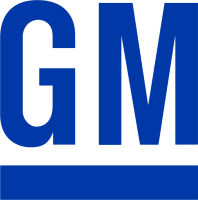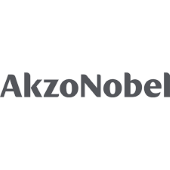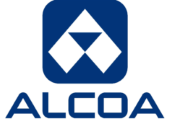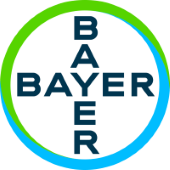 |
|  |
|
ABSTRACT Tools, Culture, and Governance: The Challenge of BalanceIndustry: All Industries Keywords: Management, Implementation, Development Level: Basic LinkedIn: https://www.linkedin.com/in/mike-boyte-56606b9/ The importance of balance of a Lean Six Sigma Program in any organization is vital to its successful implementation, management, and survival. From my experience there are three major components which must be in balance: Governance, Culture, and Tools. Imagine each of these components representing the legs of a three-legged stool. When all three are strong and balanced remaining upright requires minimal effort. However, if a leg is removed, then a great deal of skill and attention, maybe even energy from an outside source, is required to prevent collapse. If another leg is removed, then it becomes almost impossible to prevent the stool from crashing to the floor. Full knowledge of Tools without management oversight and support—Governance—or a corporate environment prepared for active change—Culture—will soon lead to an ineffective program. The same can be said for the other scenarios where any of the three legs is weak or missing. A question some practitioners ask: Which leg is the biggest challenge to develop? Does it depend on the industry? Or geography? While some contend that Culture is the biggest hurdle, others may consider Tools or Governance to be the tougher road. Over the course of three decades deploying continuous improvement programs in manufacturing and service organizations, I’ve experienced the full spectrum of implementations. I will discuss lessons learned from four different companies ranging from a well-balanced system that yielded great results to one where I was the ‘lone wolf’, with lack-luster commitment from management …and similar outcomes. Lean Six Sigma practitioners, champions, and stakeholders must understand the relationship between the strength of each leg, the structure created by all three legs, the value created for the organization vs. the cost, and the pitfalls associated with taking shortcuts. | BIOGRAPHY Mike BoyteBusiness Advisor, TMAC, Allen, TX, USA Mike Boyte is a Lean Six Sigma Master Black Belt with almost three decades of experience in manufacturing, from front-line production to director-level management. His range of process improvement expertise includes light assembly, electrical, fabrication, and transactional business processes. Mike has facilitated numerous value-stream mapping events, both in-person and virtually, and has led and coached a wide-range of Lean Six Sigma projects in different industries across the country. Mike has led continuous improvement systems as a deployment champion and has taught and coached Green Belt students from plants nation-wide. He has teamed with executive-level leaders in strategic plan development, deployment, and employee engagement. He has worked on projects that included reductions in labor, lead time, equipment, floor space, and raw materials. Mike has project experience involving both production and transactional processes and has experience as a deployment champion managing Black Belts and Green Belts, as well as strategic planning events where he led management teams in planning, deployment, and management. Mike received his MBA from Texas A&M University – Commerce, became a certified Lean Six Sigma Black Belt through TMAC in 2006, and is now a Master Black Belt. One of his favorite quotes is: Everything is impossible until someone decides to do it. |



































































































